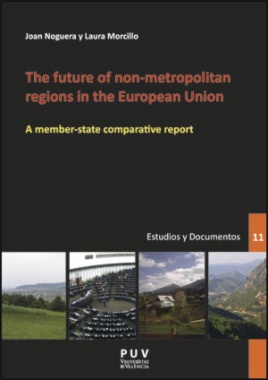Aquest estudi proposa una anàlisi comparativa de la diversitat de les regions no metropolitanes europees. Recull els resultats d'un exhaustiu anàlisi empíric de les principals variables socioeconòmiques a escala de les regions NUTs 3 (nomenclatura comú de les Unitats Territorials Estadístiques). Pren com a punt de partida la tipologia regional de la DG Regio de la Unió Europea que diferència entre regions intermèdies i predominantment rurals, i per a cadascuna d'aquestes, entre regions accessibles i remotes. L'anàlisi inclou comparacions entre el comportament de les diverses tipologies pel que fa a població, PIB, rendiment econòmic i estructura productiva, i a diferents escales (països, grups de països).

